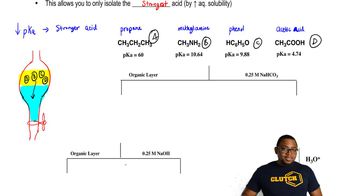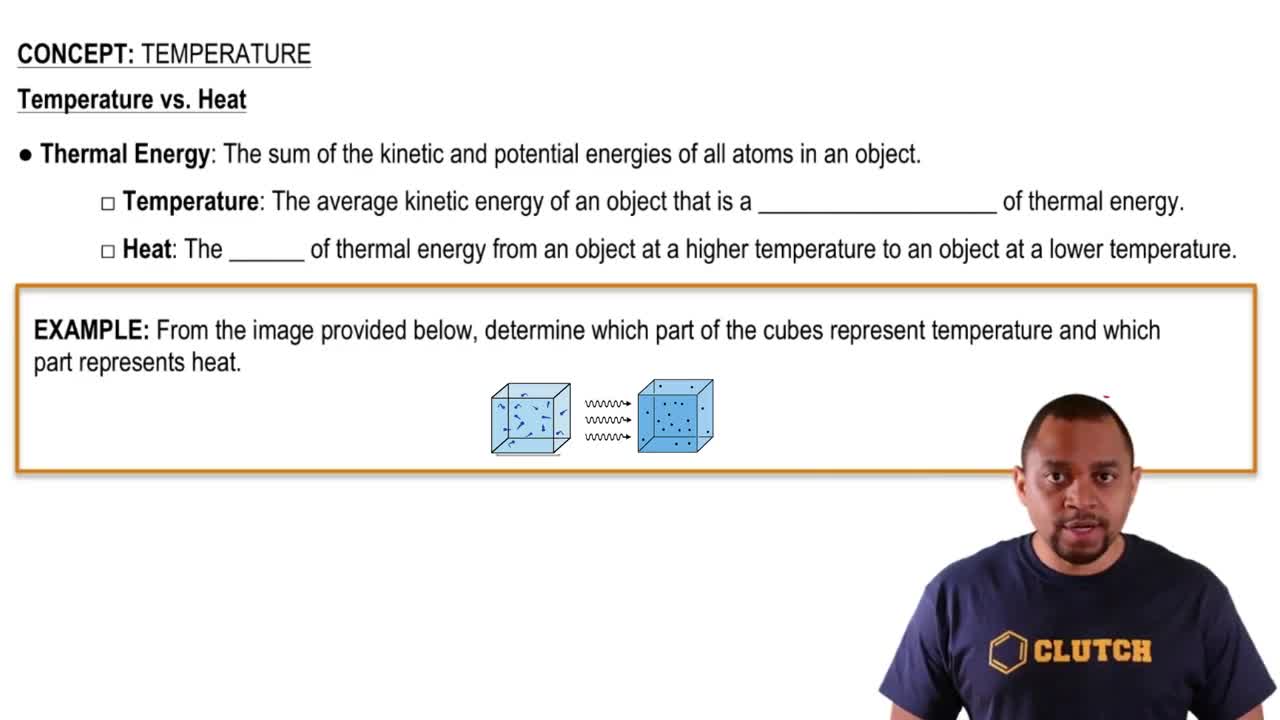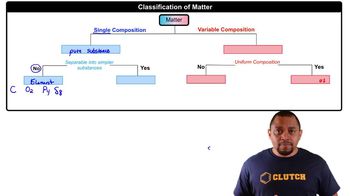Textbook Question
Where does the energy come from to evaporate the esti- mated 425,000 km3 of water that annually leaves the oceans, as illustrated here? [Section 18.3]
3
views
 Verified step by step guidance
Verified step by step guidance



Where does the energy come from to evaporate the esti- mated 425,000 km3 of water that annually leaves the oceans, as illustrated here? [Section 18.3]
(b) Name the regions of the atmosphere, indicating the altitude interval for each one.
(a) How are the boundaries between the regions of the atmosphere determined?
(b) Explain why the stratosphere, which is about 35 km thick, has a smaller total mass than the troposphere, which is about 12 km thick.